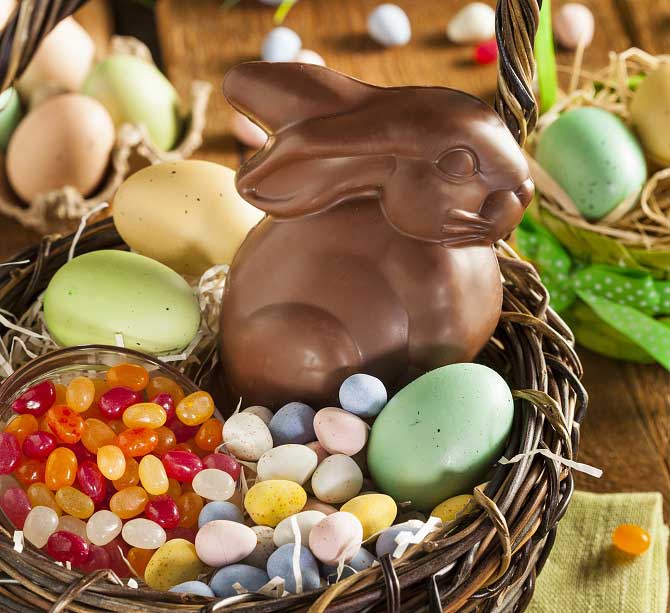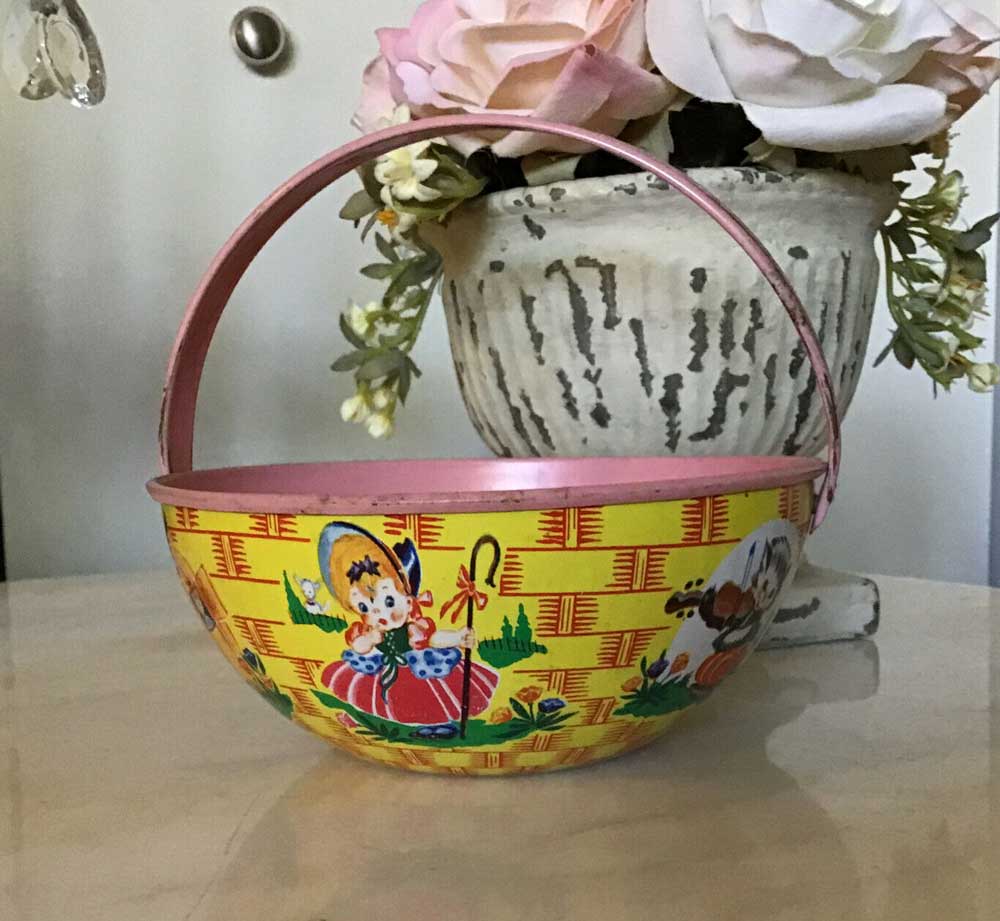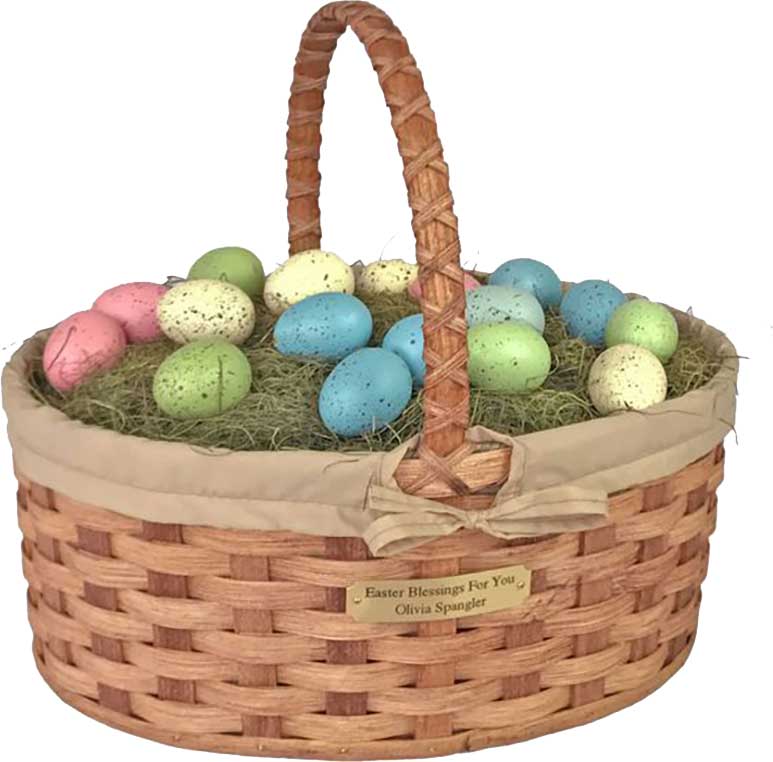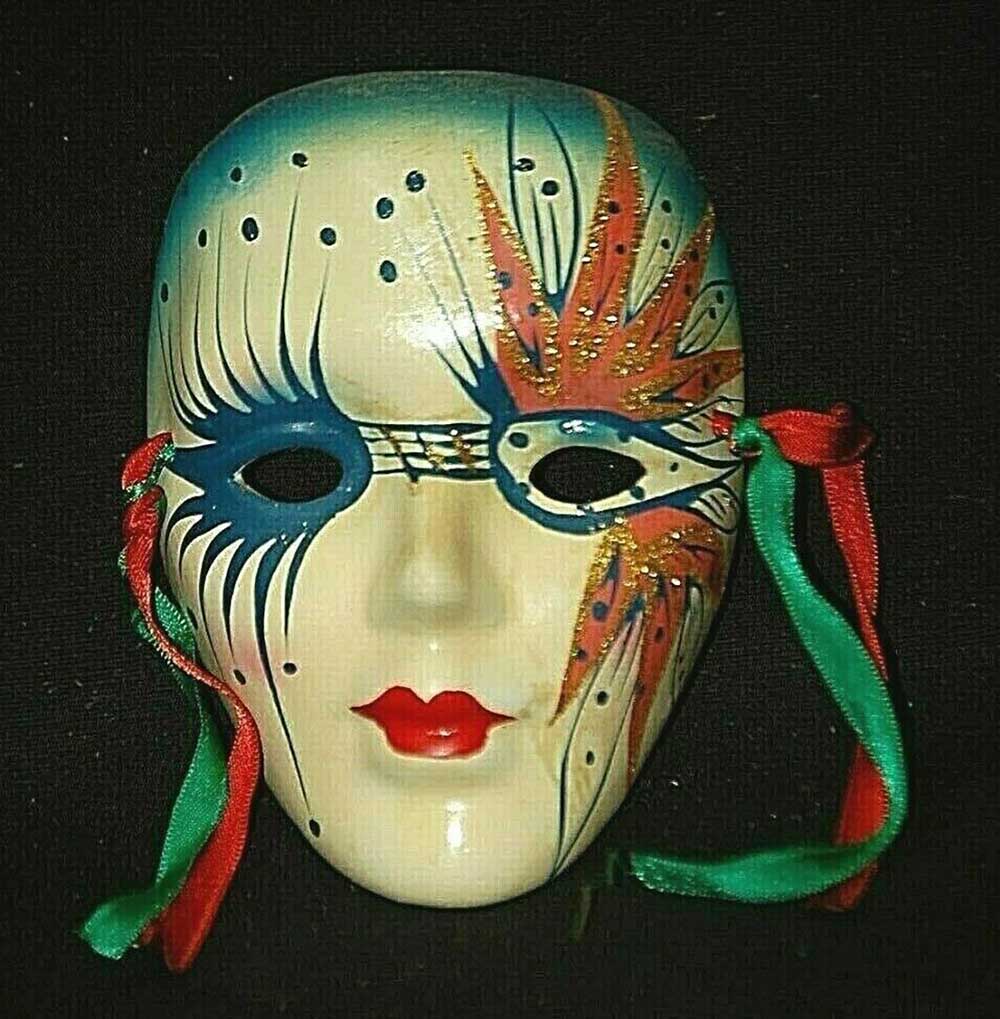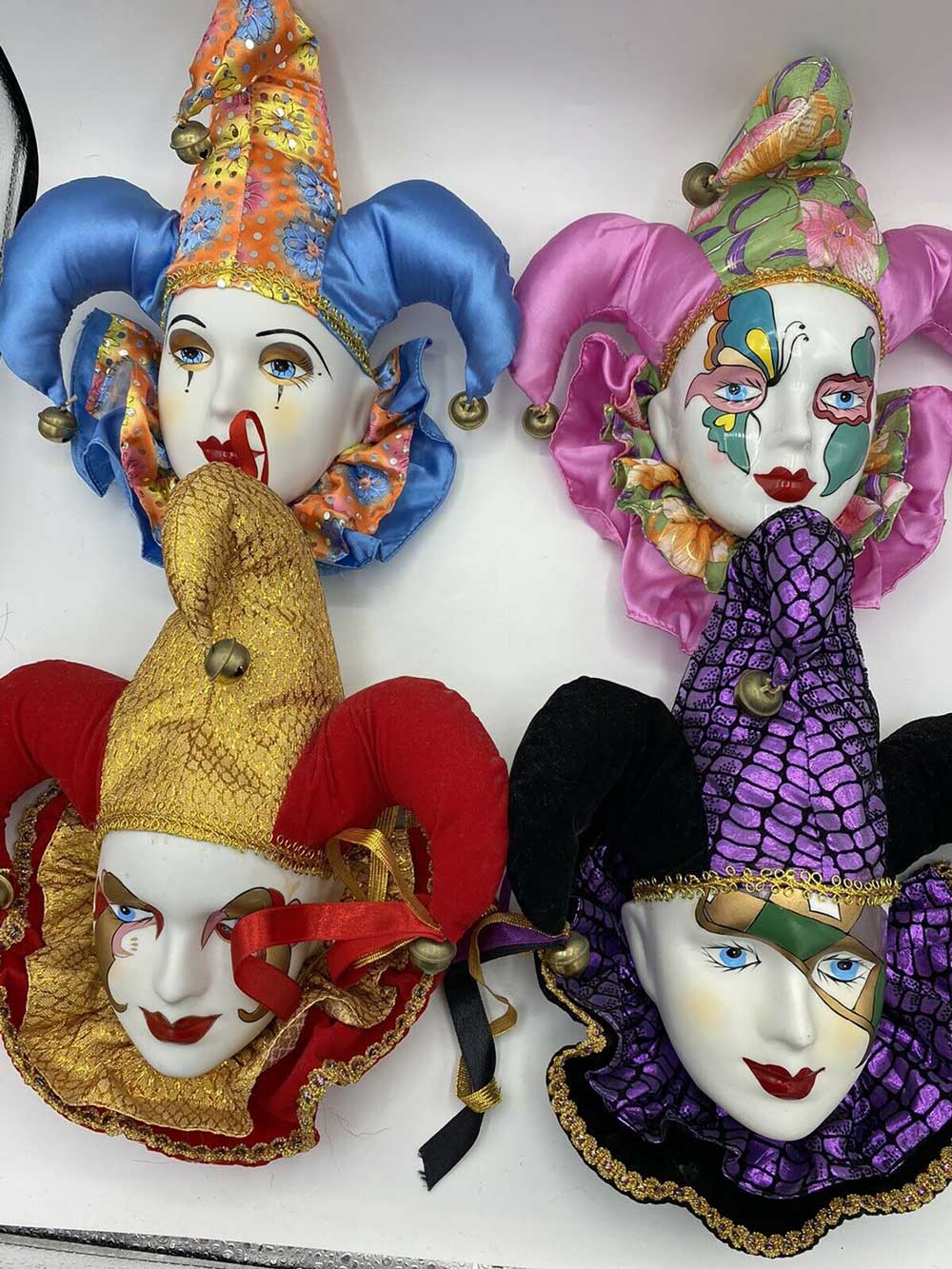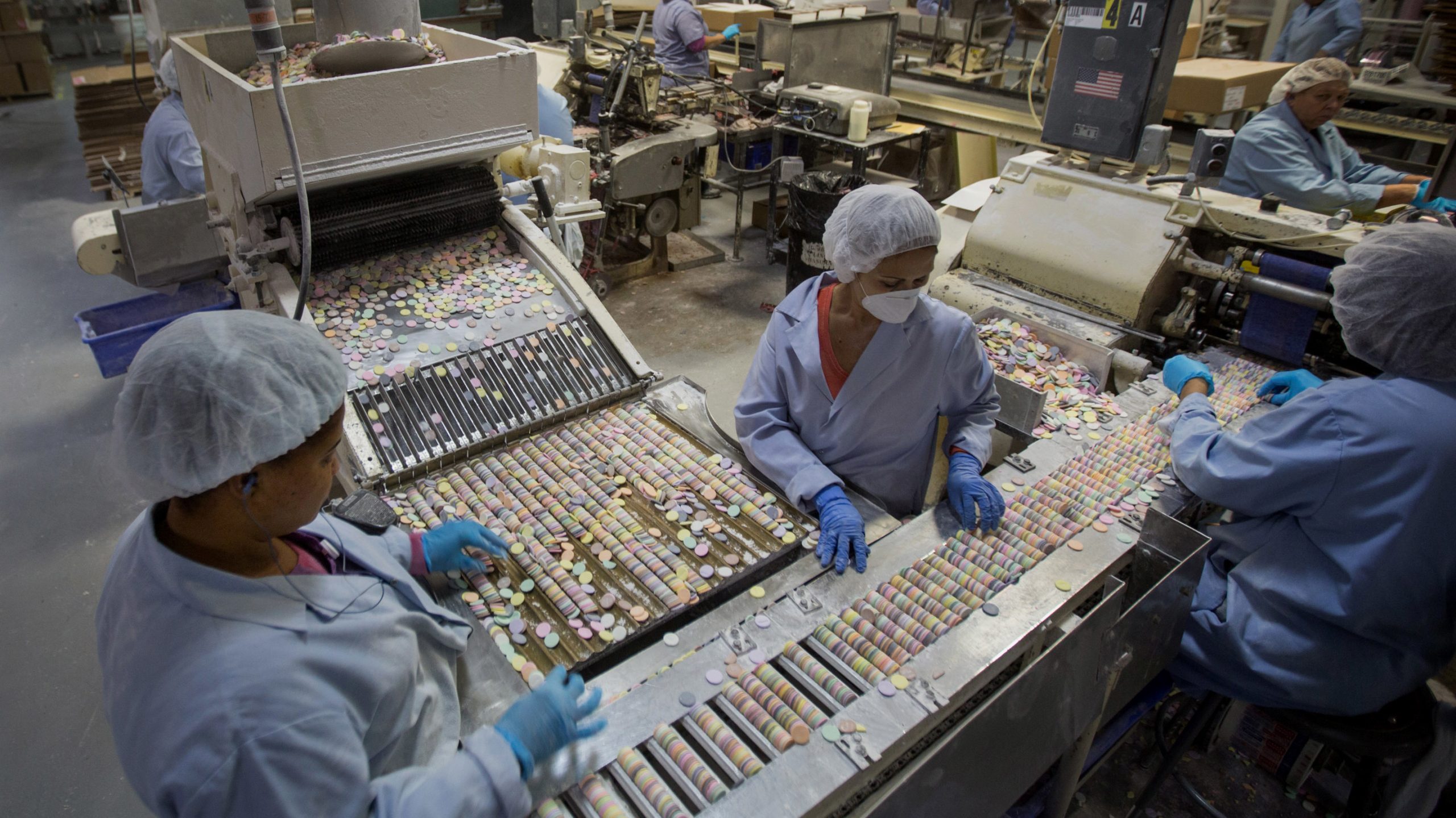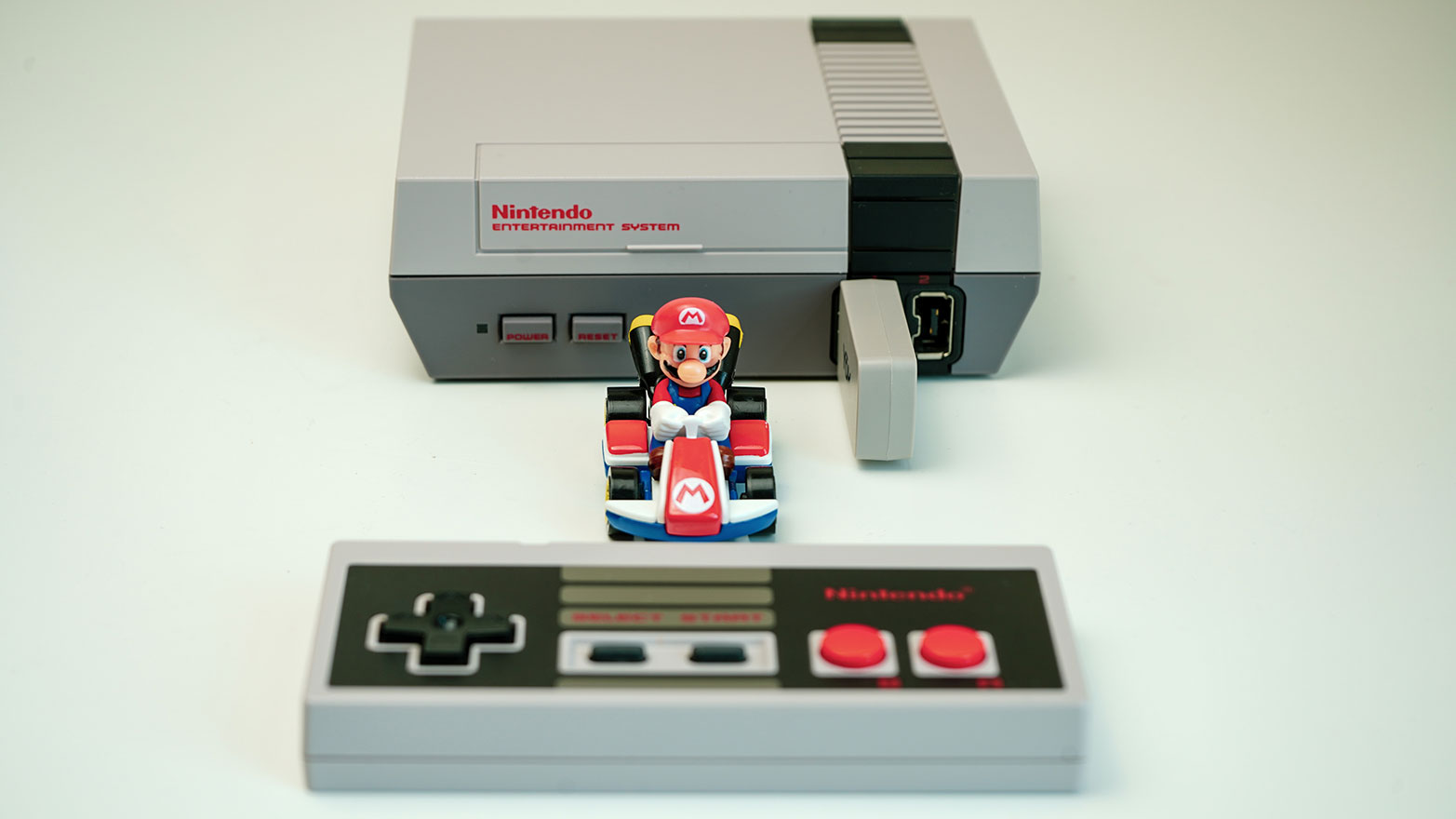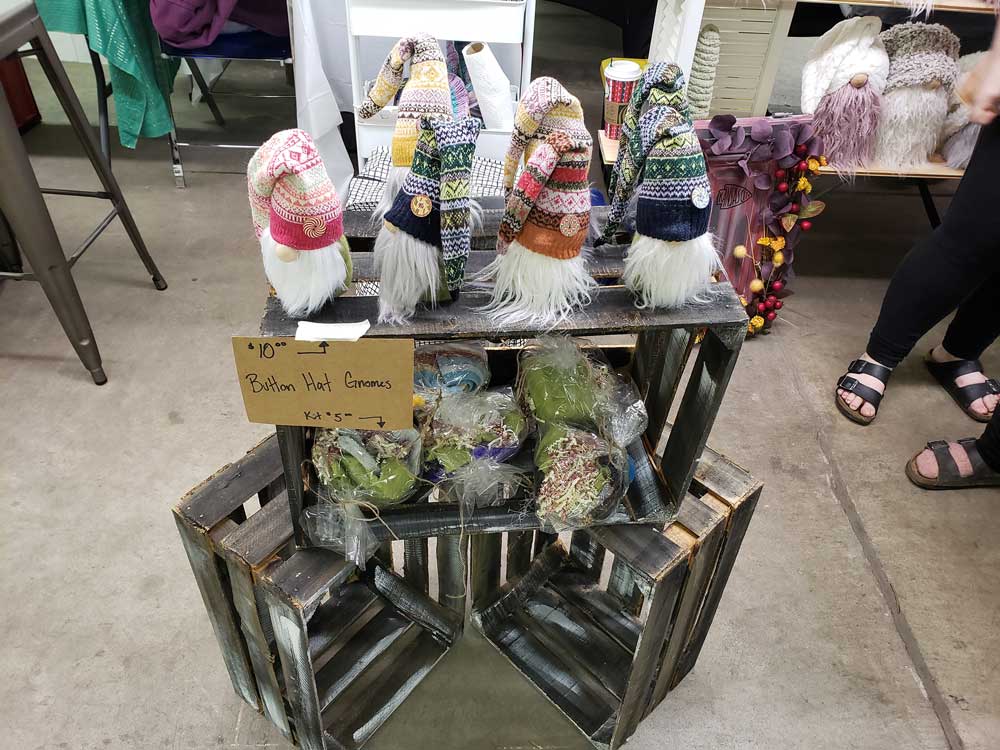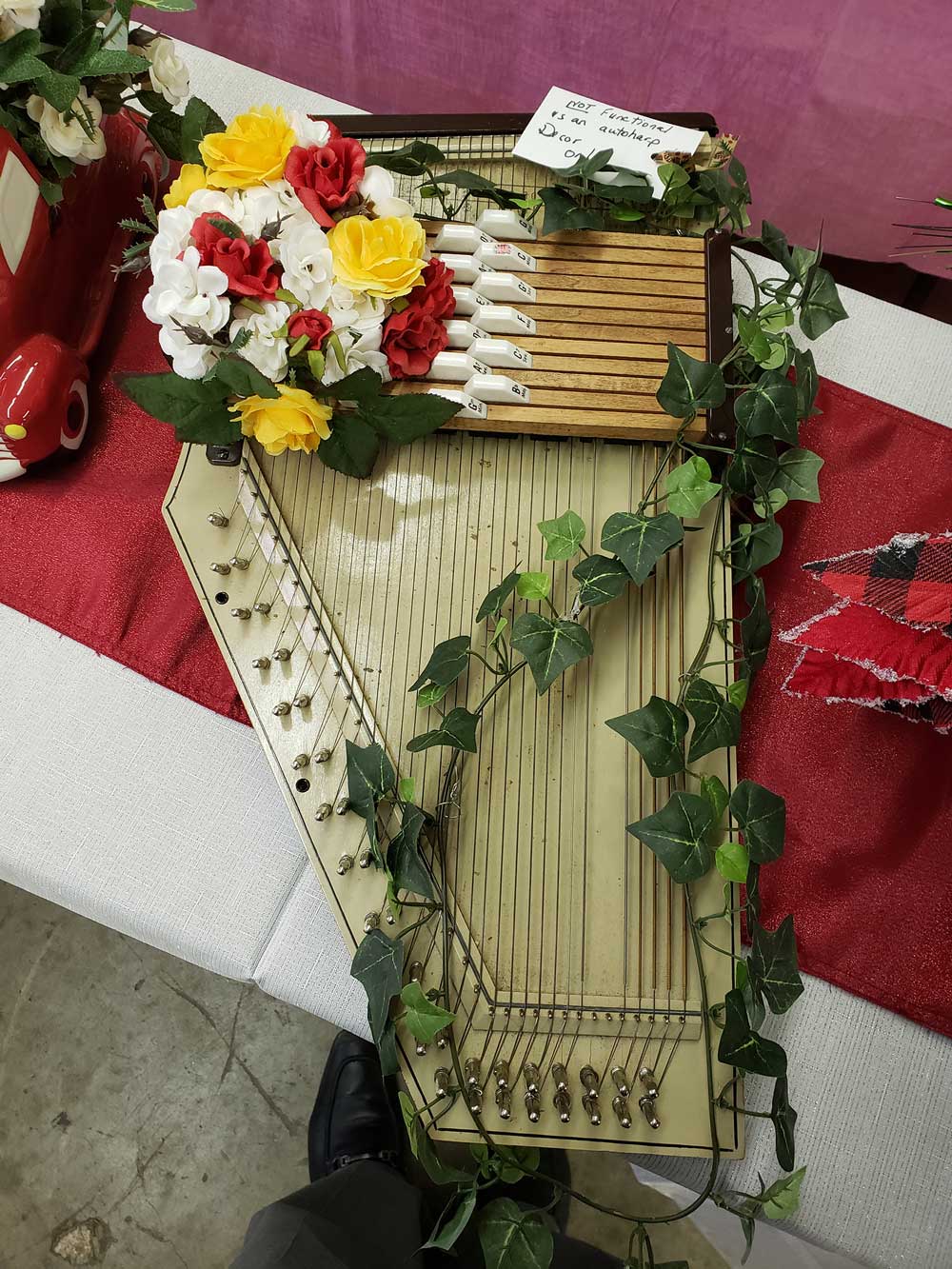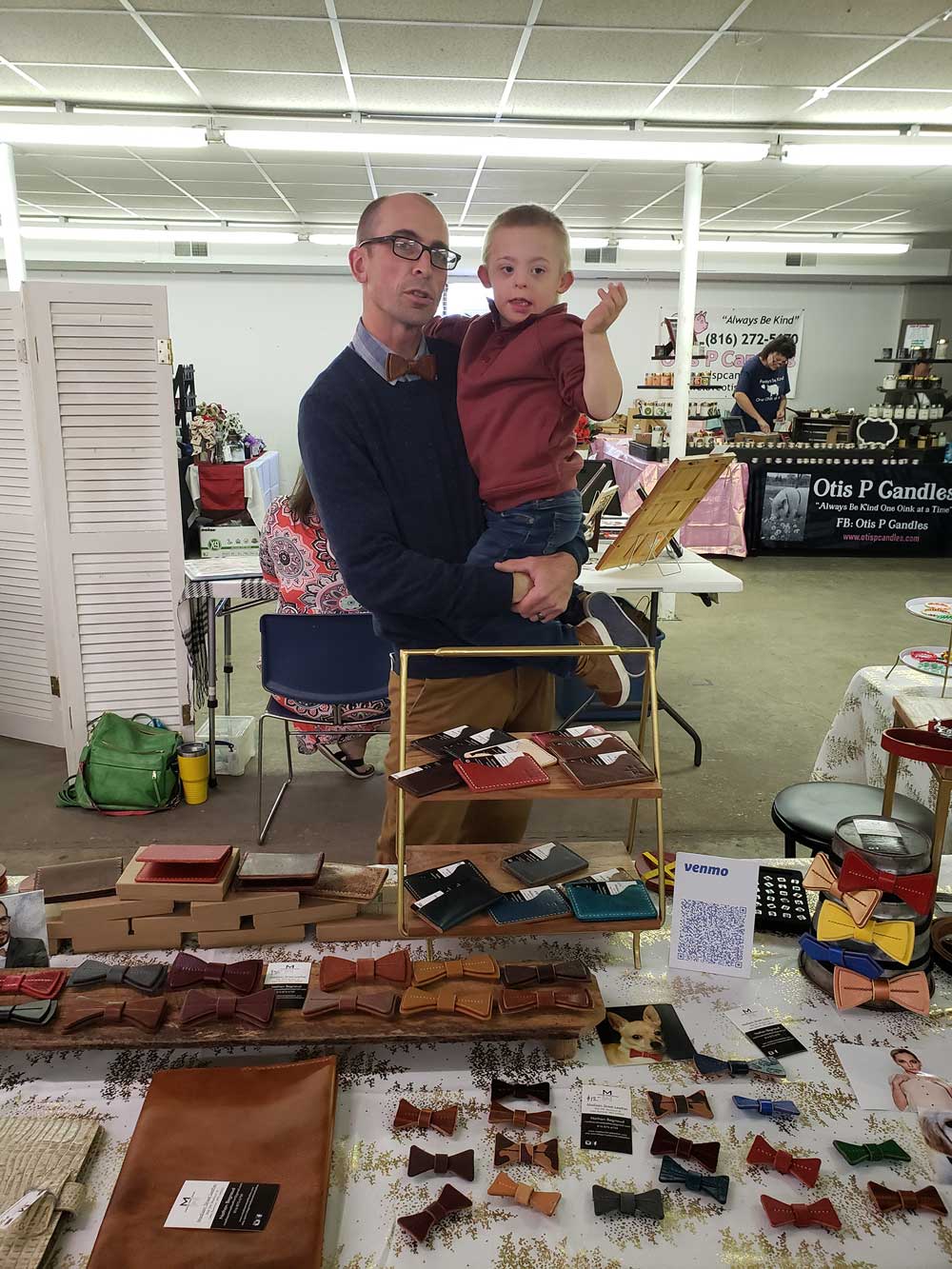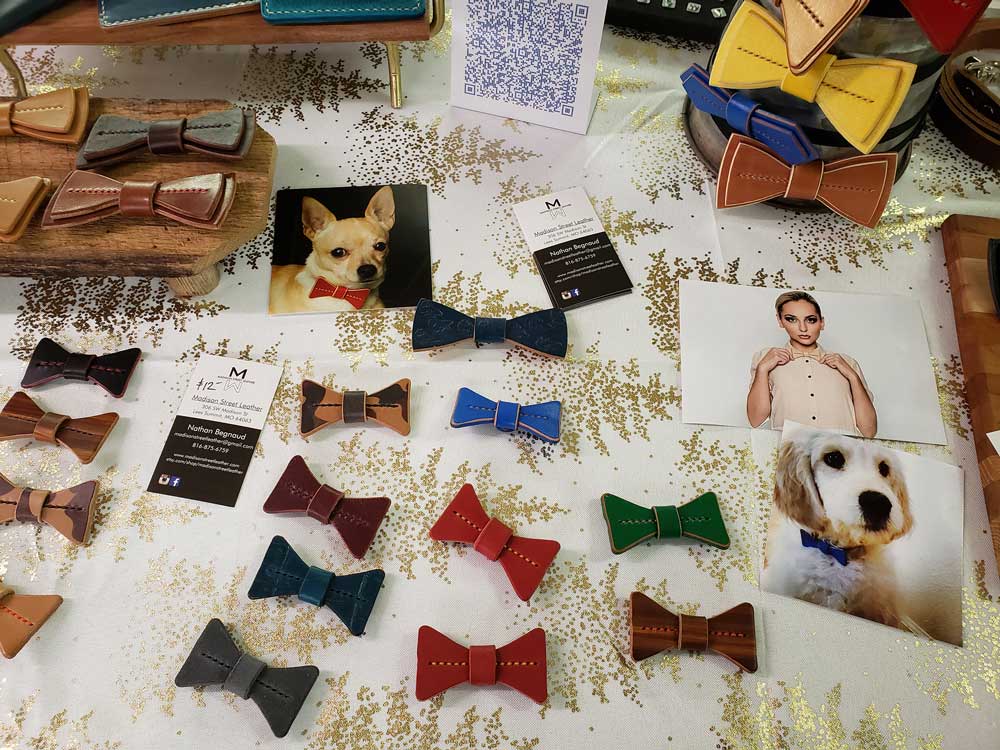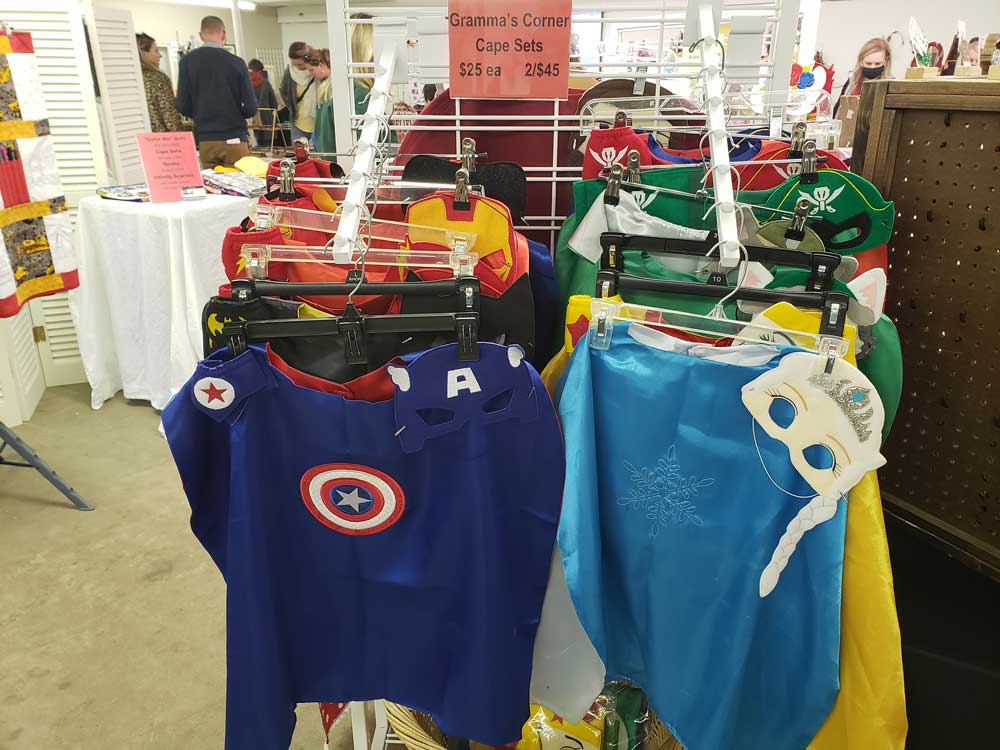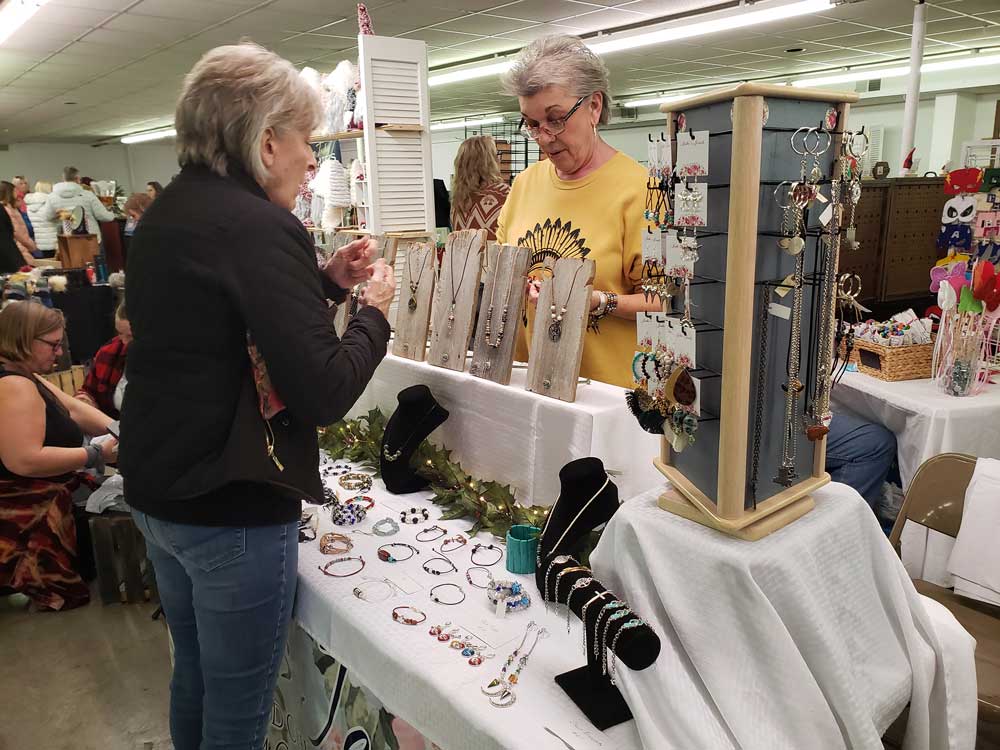Best Friends Empower Women Entrepreneurs through Vintage Market Days
April 2022
Feature Article
Best Friends Empower Women Entrepreneurs through Vintage Market Days
Press Release provided by Vintage Market Days.
Together we can do so much
As Helen Keller once said, “Alone we can do so little; together we can do so much.” Together, best friends Brandi Nollin and Erica Parker are empowering women entrepreneurs through Vintage Market Days vintagemarketdays.com/market/oklahoma-city, an upscale vintage-inspired market. The majority of the vendors at the market are women.
Co-owners and event coordinators, the duo have created a charming family atmosphere for shoppers to find unique items during the Vintage Market Days events.
“It means the world to me to be in business with my best friend,” Nollin said. “We have very different talents and are interested in different aspects of the business. It’s a perfect match because of the trust in one another that we share. Not only is she my business partner, she’s my best friend, human diary, listening ear, and personal stylist. I wouldn’t have it any other way.”
Vintage Market Days features original art, antiques, clothing, jewelry, handmade treasures, home decor, outdoor furnishings, delicious food, seasonal plantings and more. About 80 high quality vendors and 200 booths will be on site along with live music, food trucks, and photo booths.
Parker said, “Vintage Market Days is not just a shopping event. We create a curated experience that the entire family will enjoy. Attention to detail is our specialty.”
“We delight in the idea that we are able to provide women, from all walks of life, a platform to sell their goods. Erica and I are strong women raised by strong women. We both love the idea of empowering and supporting other female entrepreneurs,” explained Nollin.
One Oklahoma vendor is owned by two sisters. Bea Barnes, co-owner of Granny’s Old Fashioned Jellies and Jams, said, “We like being a part of Vintage Market Days because they bring in a customer looking for unique items and that’s what we have in our product of Jalapeno Jam. Vintage Market Days is like one big family. We all look out for each other, and each and every venue feels like home.”
In addition to empowering women entrepreneurs through Vintage Market Days, Nollin and Parker donate to the Edmond Women’s Club 500 admission tickets that the club sells to its members. Nollin said the donations help raise about $5,000 to support grant making, scholarships, and other community-oriented activities of the club.
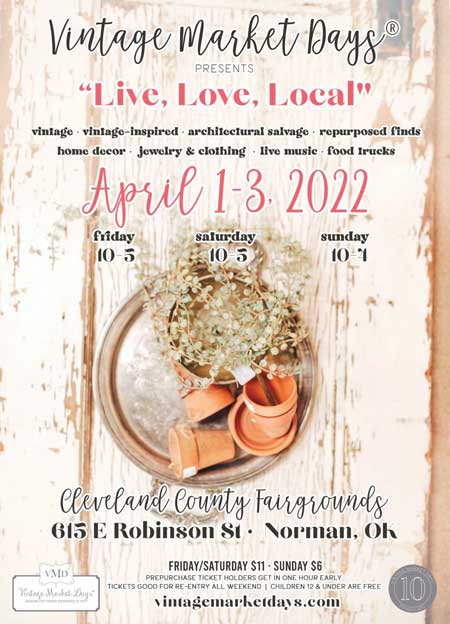
Vintage Market Days
“Vintage Market Days is not just a shopping event. We create a curated experience that the entire family will enjoy. Attention to detail is our specialty.”
Perfect for families
“Our market is perfect for families, mom’s day out, girls day, church groups, and social groups.
We even have vendors set up for just men,” Nollin added.
Vintage Market Days is the perfect place to buy gifts for any occasion. Tickets are available online and at the door.


